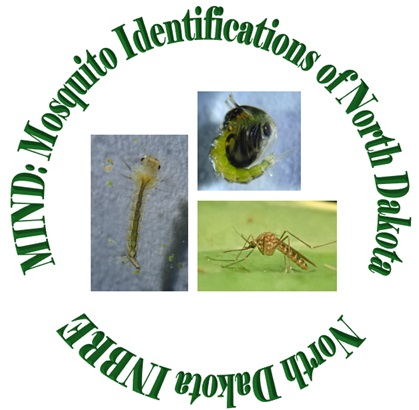


Common Name - Boxelder Bug
Phylum: Arthropoda
Class: Insecta
Order: Hemiptera
Family: Rhopalidae
Boisea trivittata, commonly known as the boxelder bug, is a native insect species found throughout eastern North America, including North Dakota. These bugs are easily recognized by their black bodies with distinctive red or orange markings along the thorax and wings. Adults typically measure about 12–14 mm in length.
Boxelder bugs primarily feed on the seeds, leaves, and tender twigs of boxelder trees (Acer negundo), which are abundant in North Dakota. They also consume plant material from other maple and ash trees, and occasionally from fruit-bearing plants like apples, plums, and grapes. Their piercing-sucking mouthparts allow them to extract sap from these sources, although they rarely cause significant damage to healthy plants.
In North Dakota, Boisea trivittata are most active during the warmer months, residing in deciduous forests, meadows, and urban areas where host trees are present. As temperatures drop in late fall, they seek shelter to overwinter, often entering homes and buildings through cracks and crevices. They tend to cluster on the sunny south and west sides of structures due to their preference for warmth.
These bugs are diurnal and semi-social, often forming large aggregations without structured social behavior. While they are not harmful to humans or pets, their presence indoors can be a nuisance. Their lifecycle includes egg, nymph, and adult stages, with reproduction occurring in summer and early fall. In North Dakota, they may produce one to two generations per year depending on climate conditions.